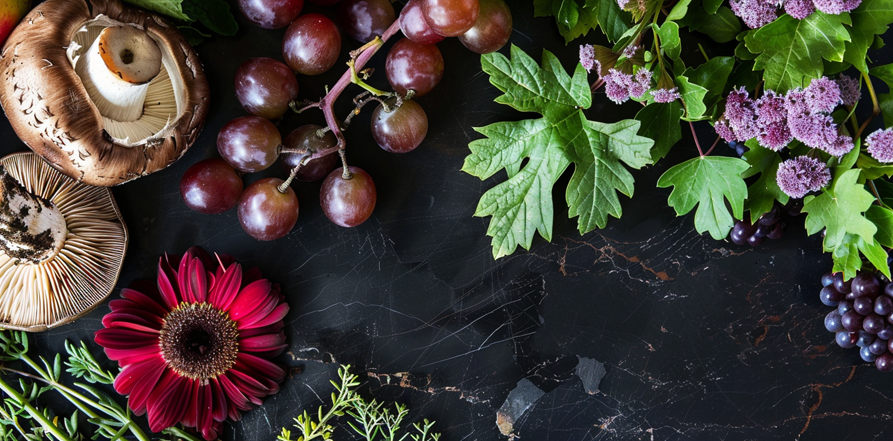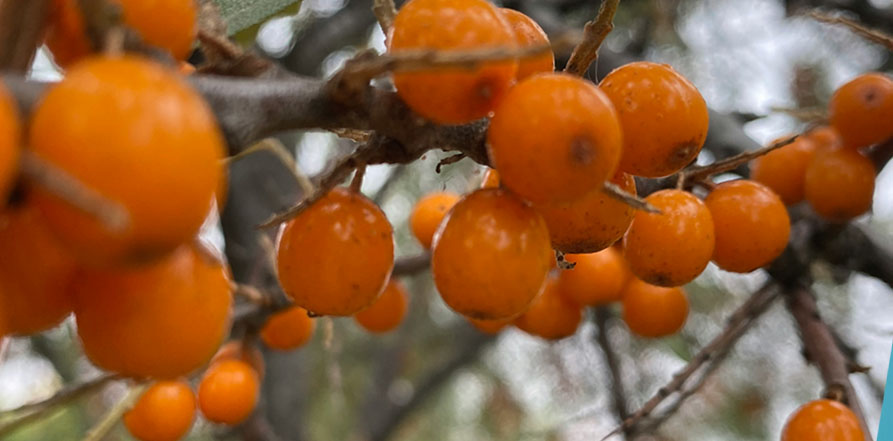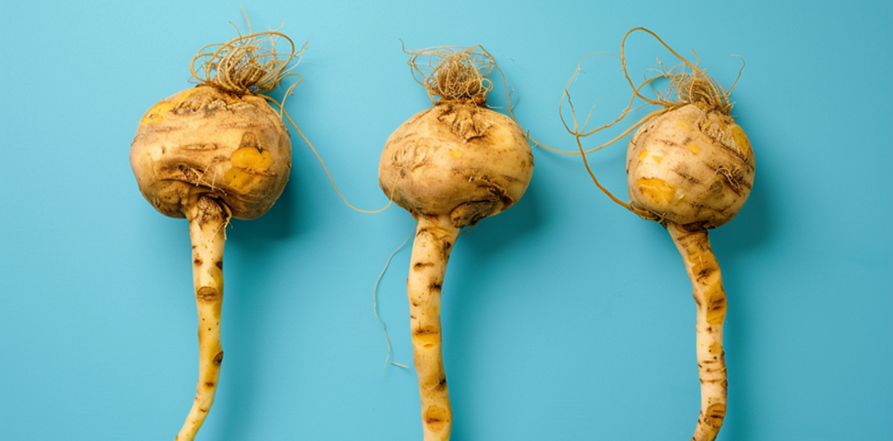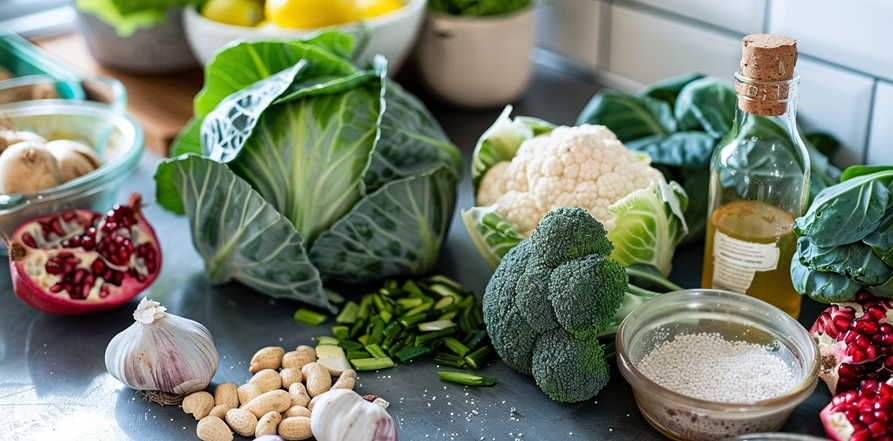By Donnie Yance
Traditional Herbal Medicine (THM) is very different from using isolated plant compounds. Using isolates to treat cancer is a more allopathic approach and not at all part of a holistic whole-systems model based in THM practice.
THM is based on a concept of whole plants having synergy as well as intelligence (Plant Intelligence). Examples of plant intelligence include key features that involve the ability to problem-solve in a flexible manner, anticipate the future, store memory, learn, communicate, and ultimately, be goal-oriented.1
Continue reading “COVID-19 Infection Triggers An Anti-Tumor Immune Response In Some Cancer Patients. Part 2: Traditional Herbal Medicine- The Immune System’s Secret Weapon”





